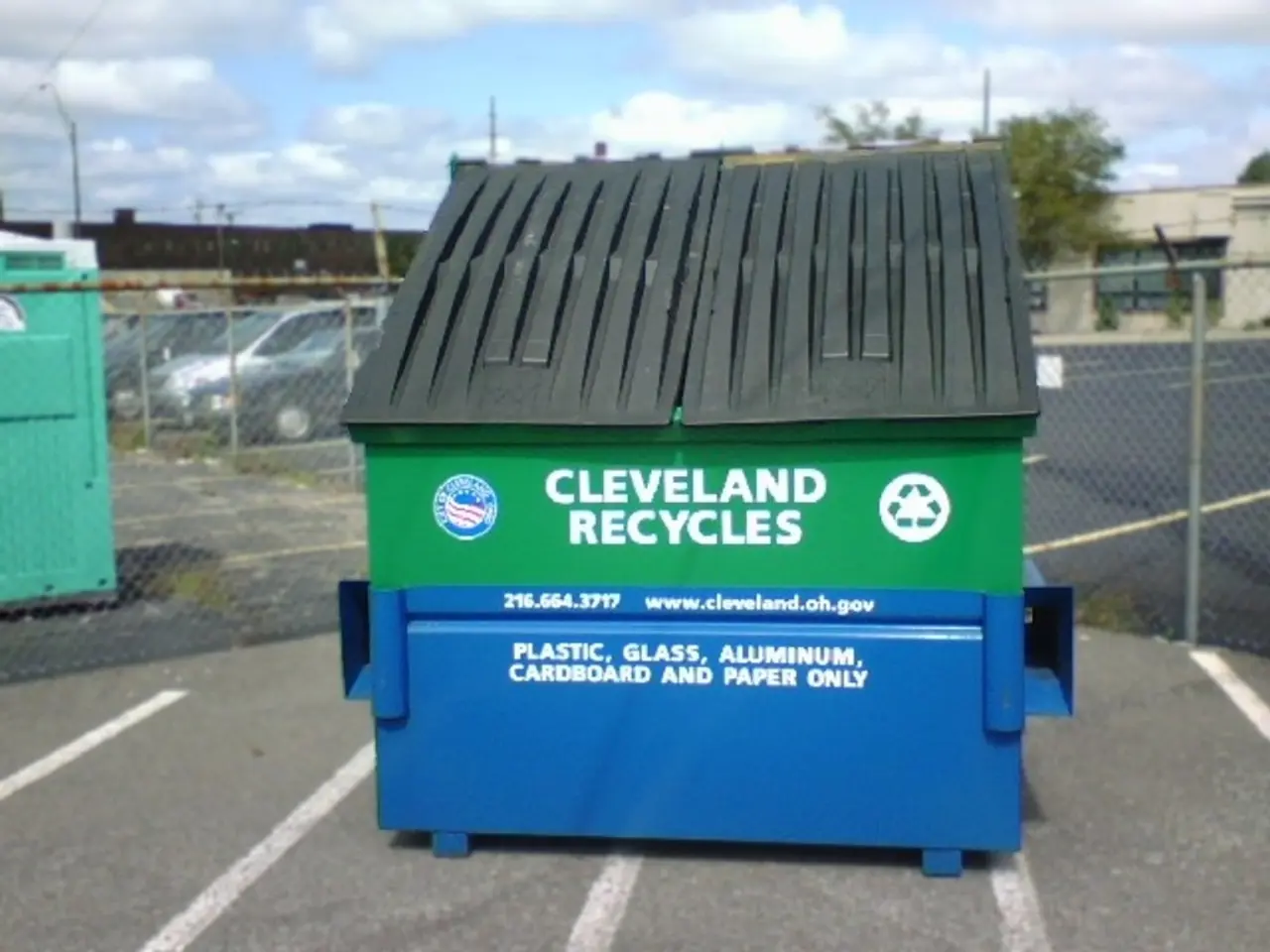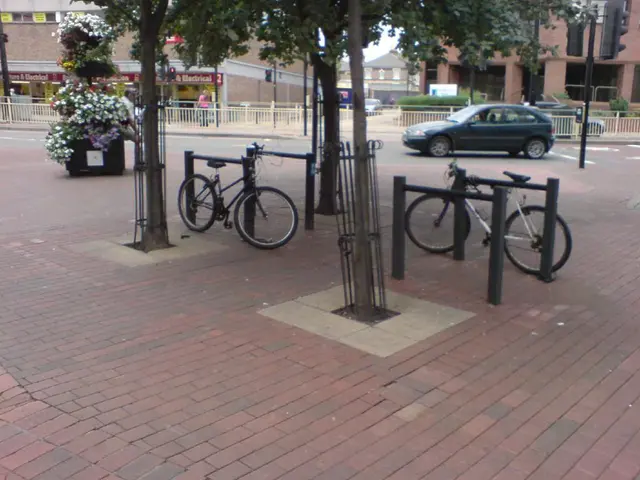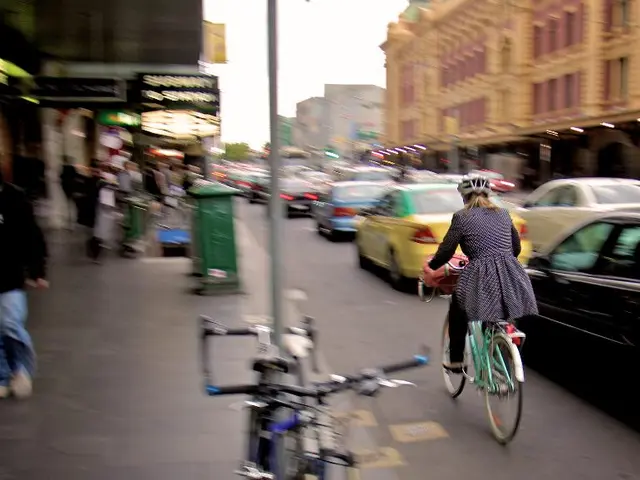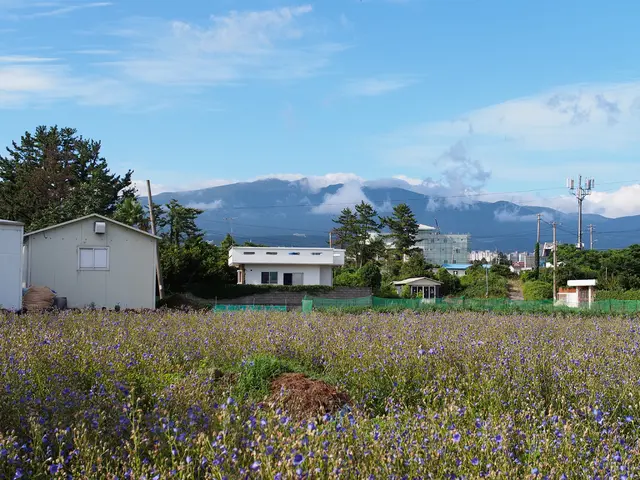Composting basics for your home garden
A well-organised composting station in your backyard is an effective way to reduce food waste, lower your carbon footprint, and create nutrient-rich soil for your garden. Here's a step-by-step guide, with practical tips for both setup and maintenance:
**Setting Up Your Compost Station**
**Choose the Right Location** - Place your compost bin or pile in a slightly shaded, well-drained area, away from direct sunlight to prevent drying out, but with easy access for adding materials and turning. - If you live in a city or have limited space, consider a sealed compost tumbler to control odours and pests.
**Select a Compost Bin** - **Standard Bin:** Purchase or build a backyard composting bin. Many communities offer free or discounted bins. - **Worm Bin (Vermicomposting):** Ideal for indoor or small spaces, worms can process food scraps quickly. Follow setup guides for layering, adding worms, and winter preparation. - **GeoBin:** A collapsible, low-cost option for larger spaces that can be expanded as needed.
**Gather Supplies** - Prepare "brown" (carbon-rich) materials: dry leaves, shredded paper, cardboard, or untreated sawdust. - Prepare "green" (nitrogen-rich) materials: fruit and vegetable scraps, coffee grounds, fresh grass clippings. - Have a pitchfork, shovel, or compost aerator on hand for turning the pile.
**What to Compost**
| YES (Compost These) | NO (Do Not Compost These) | |-------------------------------------|----------------------------------------| | Fruit and vegetable scraps | Meat, fish, cheese, or dairy products | | Coffee grounds and filters | Greasy or oily foods | | Eggshells | Charcoal ash (unless natural lump) | | Yard trimmings, grass, leaves | Coated paper plates, plastic utensils | | BPI-certified compostable tableware | Pet waste, diapers | | Uncoated paper napkins, towels | BBQ sauce, high-sugar/salt condiments |
For city programs, use BPI-certified compostable bags or paper bags—never plastic bags.
**Layering and Maintenance**
**Build Your Pile** - Start with a 6-inch base of coarse materials (twigs, shredded paper) for airflow. - Alternate layers of green and brown materials, keeping a balanced mix (about 1 part green to 3 parts brown). - Keep the pile moist, like a damp sponge, but not soggy. - Turn the pile every 1–2 weeks to aerate, which speeds up decomposition and reduces odours.
**Odor and Pest Control** - Cover food scraps with a layer of brown material to deter pests and reduce odours. - Use a bin with a lid to discourage flies and animals. - Avoid adding meats, oils, or dairy, which attract pests and cause odours.
**Monitoring and Using Your Compost**
- **Temperature:** A healthy compost pile will heat up as materials break down. If the pile is cold, add more green material and turn it. - **Maturity:** Compost is ready when it's dark, crumbly, and earthy-smelling—usually after 2–6 months. - **Use:** Mix finished compost into garden beds, use as mulch, or blend with potting soil for houseplants.
**Advanced Tips**
- **Worm Composting:** For faster breakdown of kitchen scraps, consider vermicomposting with red wigglers. Worms are efficient but require specific conditions (moisture, ventilation, bedding). - **Winter Care:** In cold climates, insulate your pile with straw, leaves, or a tarp, and continue adding layers. - **Education:** Label bins clearly (“Compost,” “Recycling,” “Trash”) and educate household members or guests on what goes where.
**Benefits**
- **Waste Reduction:** The average family throws away 25% of the food they buy—composting recovers nutrients instead of sending them to landfills. - **Soil Health:** Compost improves soil structure, water retention, and nutrient content. - **Carbon Footprint:** Composting organic waste reduces methane emissions from landfills, a potent greenhouse gas.
**Additional Resources**
- Check your city’s guidelines for curbside compost pickup or community composting programs, as these often provide bins and instructions. - Free classes on composting and gardening are sometimes offered by local nonprofits.
By following these steps, you'll create a sustainable, odour-free composting station that reduces food waste and contributes to a healthier garden and planet.
Embracing sustainable living, you can supplement your home-and-garden needs by creating a composting station at your home. By layering green and brown materials in your compost pile following the guide, you'll not only generate nutrient-rich soil for your plants, but also reduce food waste and lower your carbon footprint, contributing to a healthier lifestyle and environment.






